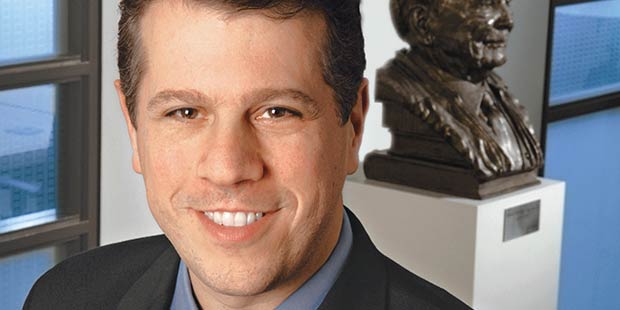The Second Amendment is One Sentence:
A well regulated militia, being necessary to the security of a free state, the right of the people to keep and bear arms, shall not be infringed.
Printer Friendly VersionFor 218 years, judges overwhelmingly concluded that the amendment authorized states to form militias, what we now call the National Guard. As late as 1992, Chief Justice Warren Burger—a rock-ribbed conservative appointed by Richard Nixon—articulated the Court’s consensus when he called the idea of individual gun rights in the Constitution a preposterous “fraud.” Then, in 2008, the US Supreme Court upended two centuries of precedent. In the case of District of Columbia v. Heller, an opinion written by Justice Antonin Scalia declared that the Constitution confers a right to own a gun for self-defense in the home. That’s right: the Supreme Court found there to be an individual right to gun ownership just a few years ago.
How did this happen? One thread, of course, is the rise of the National Rifle Association. The group brags of its ballot box victories. Starting in the 1970s, the NRA quietly—but emphatically—backed a jurisprudential campaign to enshrine gun rights in the Constitution. Its legal allies insisted that for two centuries judges simply got it wrong. They managed to persuade a substantial part of the public, and after that the courts. The road to Heller was paved by one of history’s most effective, if misleading, campaigns for constitutional change.
Today, spasms of violence like the massacre in Newtown, CT, spur calls for new laws. But now, when we debate gun control we do so in the context of a Supreme Court ruling that has given new strength to Second Amendment fundamentalism. It limits what we can do, though we don’t yet know how much. Will new doctrine deflect new laws? Will we all have the right to carry a weapon and stand our ground?
Increasingly the debate over guns resembles less a contest over crime policy, and more a culture war over core values. By exploring the history of the Second Amendment, we see most strikingly, to what extent our view of this amendment is set, at each stage, not by a pristine constitutional text, but by the push-and-pull, the rough-and-tumble of political advocacy and public agitation.
—Adapted from The Second Amendment: A Biography, by Michael Waldman ’87, with permission of Simon & Schuster, Inc. All Rights Reserved.
—

